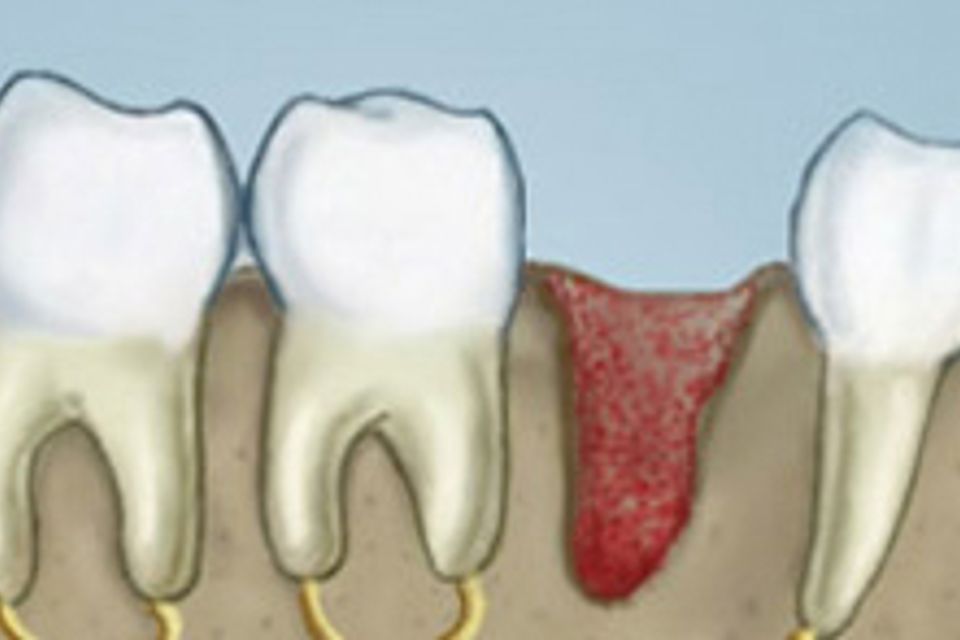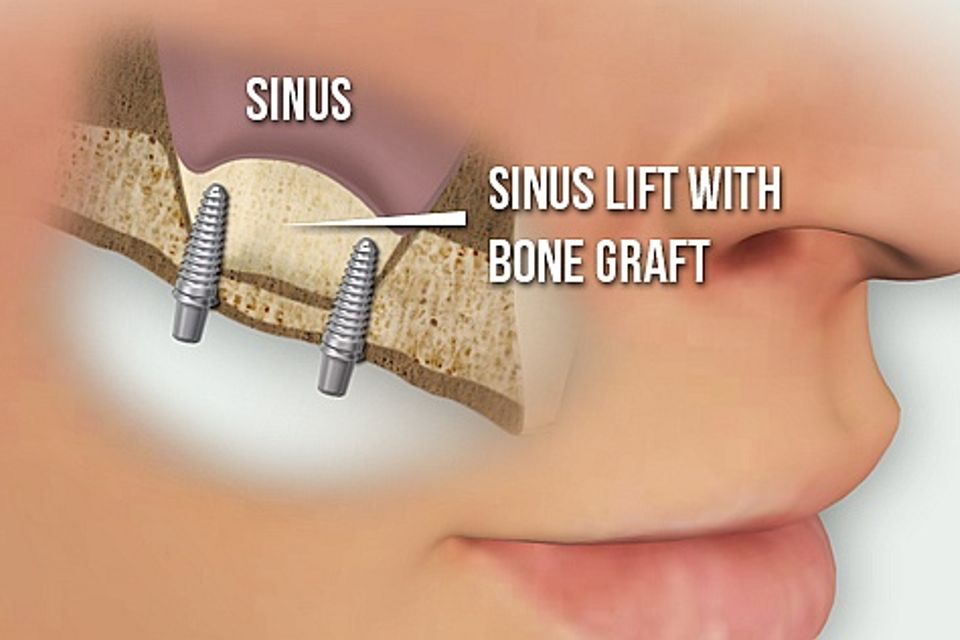Surgical Treatments
At Lumon Dental, we want to provide you and your family with all of the dental treatments and services you need for a healthy, happier smile. As part of this ongoing effort, we offer oral surgery in Royal Oak, Michigan. Oral surgery includes surgical treatments designed to improve diseases, damage, and irregular conditions of your mouth, teeth, jaws, and face. We offer multiple surgical treatments, such as:
No matter the reason we may suggest oral surgery, our skilled dentists are devoted to helping you have a positive experience when you visit our office. We work hard to guarantee your comfort and confidence before, during, and after any surgical treatment. Our team will give you the time and attention you deserve, listening to your concerns and addressing any questions you may have. It is always our goal to make you feel excited to utilize oral surgery to improve the overall health and vitality of your teeth and jaw while simultaneously improving your smile’s appearance. We invite you to learn more about the full benefits of oral surgery by contacting our dental office today. We would be happy to share more information with you and your family.
If you would like to learn more, we encourage you to contact us for more information or schedule an appointment with one of our talented dentists today.
- Tooth extraction, including third molar (wisdom teeth) extractions
- Evaluations and biopsies of hard and soft tissue pathologies
- Dental implant placements
- Bone grafting
No matter the reason we may suggest oral surgery, our skilled dentists are devoted to helping you have a positive experience when you visit our office. We work hard to guarantee your comfort and confidence before, during, and after any surgical treatment. Our team will give you the time and attention you deserve, listening to your concerns and addressing any questions you may have. It is always our goal to make you feel excited to utilize oral surgery to improve the overall health and vitality of your teeth and jaw while simultaneously improving your smile’s appearance. We invite you to learn more about the full benefits of oral surgery by contacting our dental office today. We would be happy to share more information with you and your family.
If you would like to learn more, we encourage you to contact us for more information or schedule an appointment with one of our talented dentists today.
Bone Graft Procedure
One of the most common side effects of severe tooth or gum disease is the loss of bone tissue in your jaw. Not only can this cause complications for your overall health and the functionality of your smile, but it can also make restoration efforts more difficult. This is especially true when considering dental implants. Dental implants utilize metal posts implanted into your jawbone to act as a new tooth root; without a strong jawbone, we may not be able to offer dental implants as a choice of tooth restoration. A bone graft replaces space in your bone so there is enough to hold a dental implant in place. To remedy this situation and help you restore both the health and appearance of your smile, we offer multiple bone graft procedures in our Lumon Dental office in Royal Oak, MI.

Bone Graft & Socket Preservation
If a tooth is getting extracted, a specific type of bone graft called a socket preservation graft will be needed to replace the empty space where the tooth once was. Once you take a tooth out you’re left with a hole that needs to be filled in. A socket preservation graft will fill that hole.
Socket preservation is one type of bone graft for a dental implant. If you need a dental implant to replace an upper tooth, there may not be enough bone because the sinuses, the spaces above your upper jaw, are too large, leaving too small an area of bone to put an implant in. In that case a different type of bone graft will be necessary.
Socket preservation is one type of bone graft for a dental implant. If you need a dental implant to replace an upper tooth, there may not be enough bone because the sinuses, the spaces above your upper jaw, are too large, leaving too small an area of bone to put an implant in. In that case a different type of bone graft will be necessary.

Sinus Lift Bone Graft
The type of bone graft to add more bone to the upper jaw is called a sinus lift bone graft. The procedure “lifts” the bottom of the sinus so there is sufficient room and bone for a dental implant. After the sinus is lifted, bone graft material is packed into the space. Once healing has occurred, the patient is ready for a dental implant to be placed in the area.
As you can see, a dental implant would not have enough bone to be stabilized without the grafted bone in the sinus lift.
If you need a dental implant in the lower jaw, a sinus lift bone graft is not possible. We don’t have sinuses in our lower jaws! So, another type of bone graft is needed to add bone to the lower jaw to stabilize dental implants.
If socket preservation grafts and small amounts of particulate bone grafts are not enough to add enough bone to the lower jaw, a larger bone graft will be needed. Large pieces of bone, not small particles, added, or grafted, to the lower jaw are called block grafts. Block grafts are larger blocks of bone that are physically attached to the jaw bone. After healing, the block graft becomes integrated to the patient’s own jaw bone. Usually, block grafts for dental implants are required when there is a large amount of bone missing and several teeth have been missing for a long time.
As you can see, a dental implant would not have enough bone to be stabilized without the grafted bone in the sinus lift.
If you need a dental implant in the lower jaw, a sinus lift bone graft is not possible. We don’t have sinuses in our lower jaws! So, another type of bone graft is needed to add bone to the lower jaw to stabilize dental implants.
If socket preservation grafts and small amounts of particulate bone grafts are not enough to add enough bone to the lower jaw, a larger bone graft will be needed. Large pieces of bone, not small particles, added, or grafted, to the lower jaw are called block grafts. Block grafts are larger blocks of bone that are physically attached to the jaw bone. After healing, the block graft becomes integrated to the patient’s own jaw bone. Usually, block grafts for dental implants are required when there is a large amount of bone missing and several teeth have been missing for a long time.
